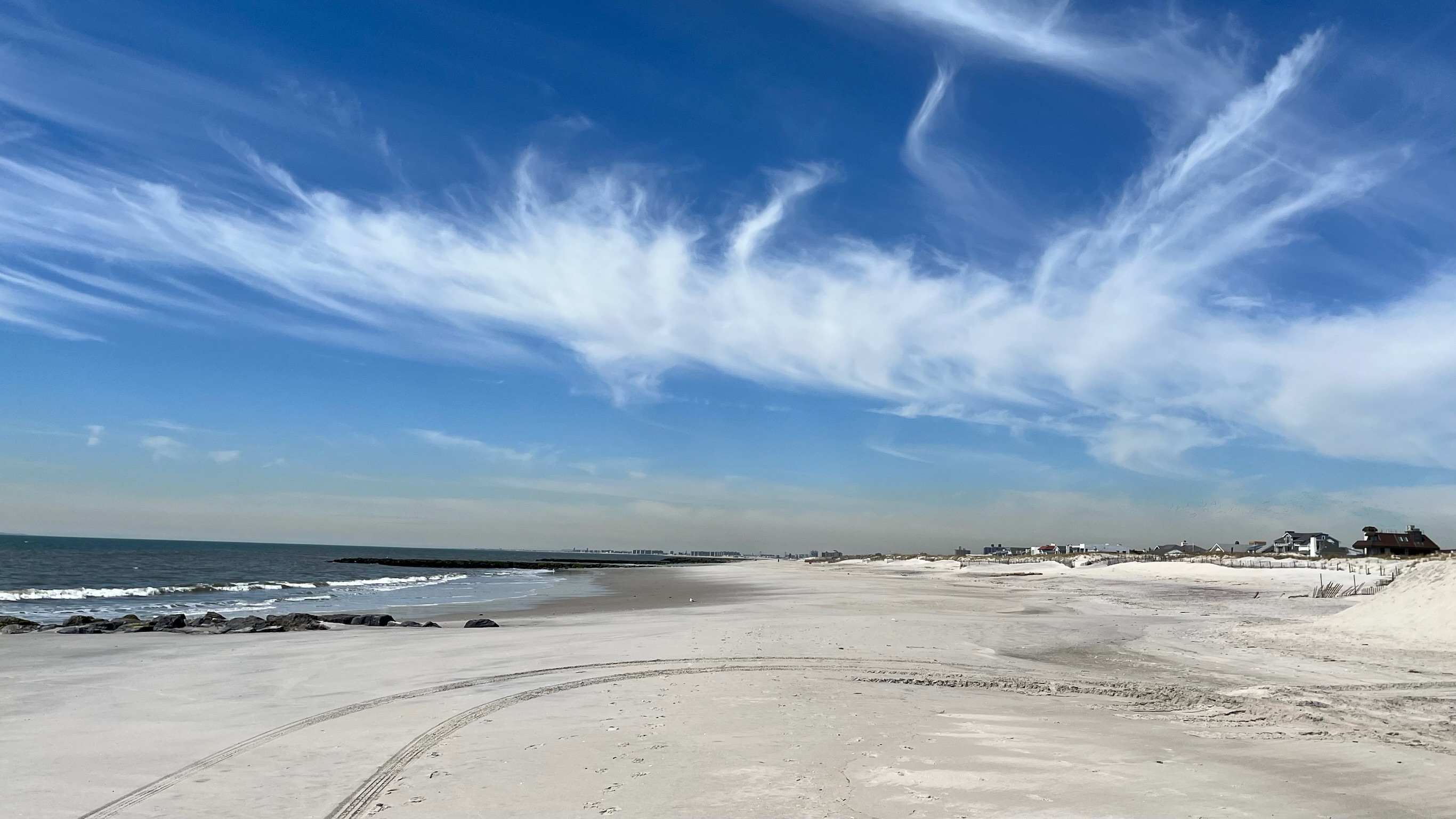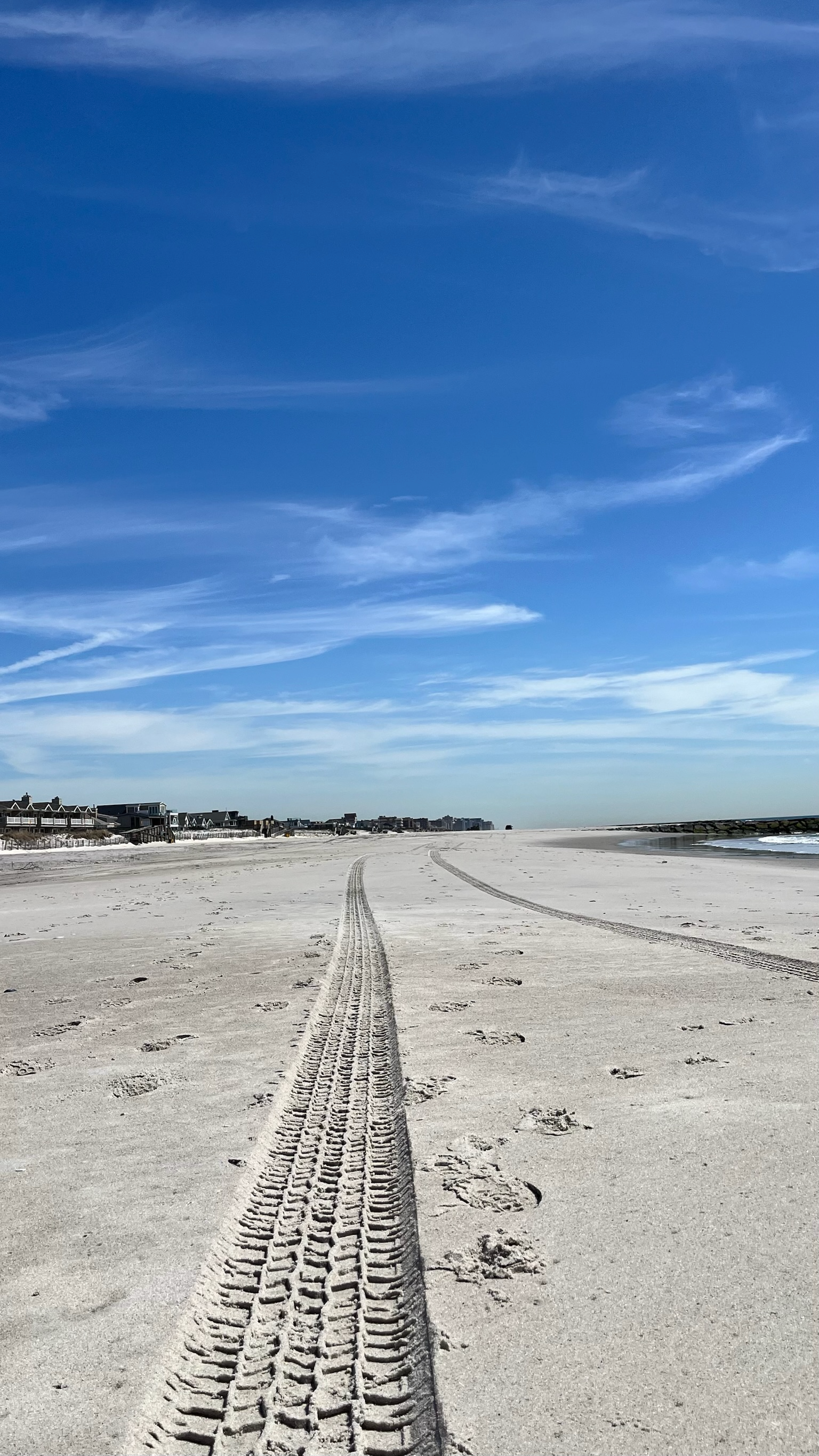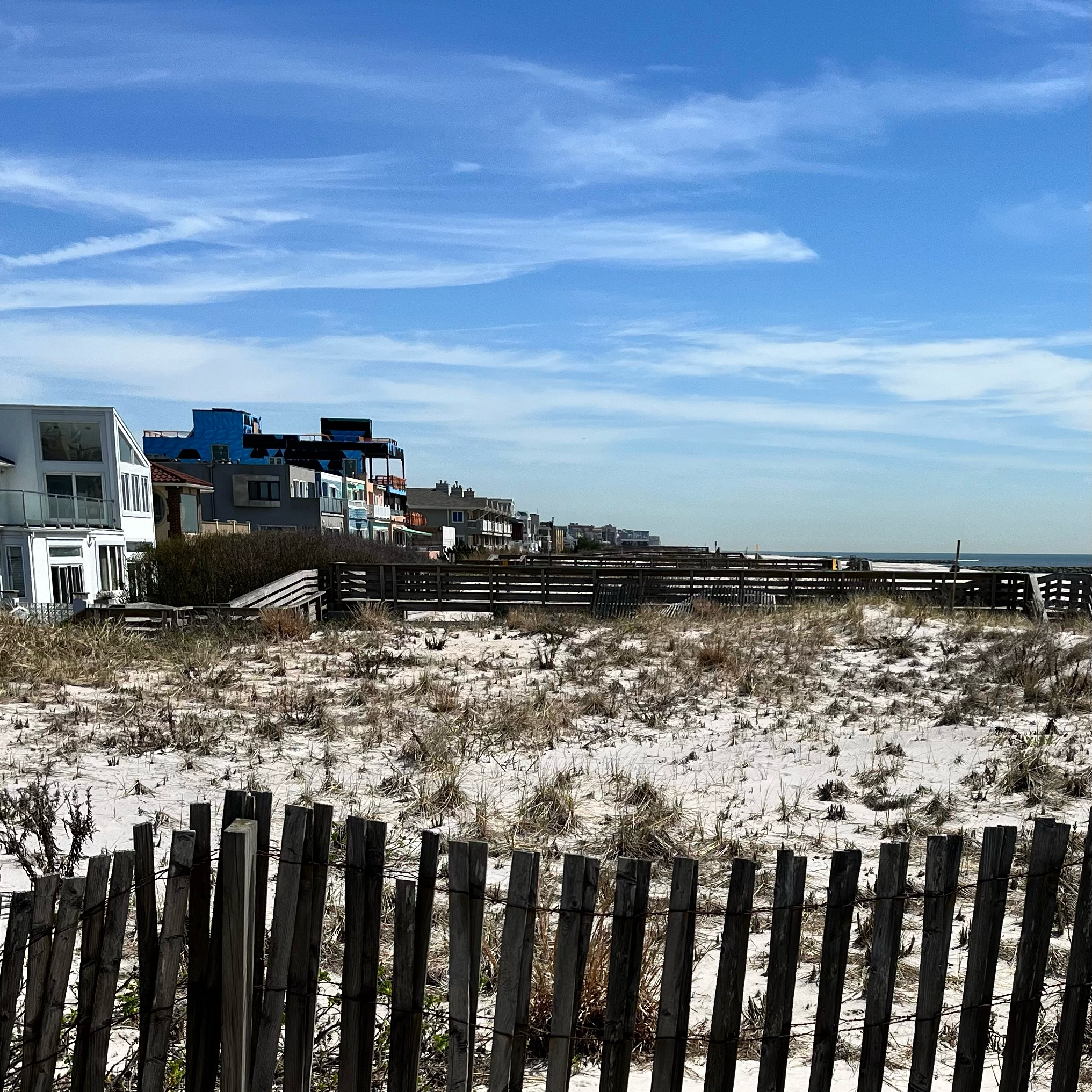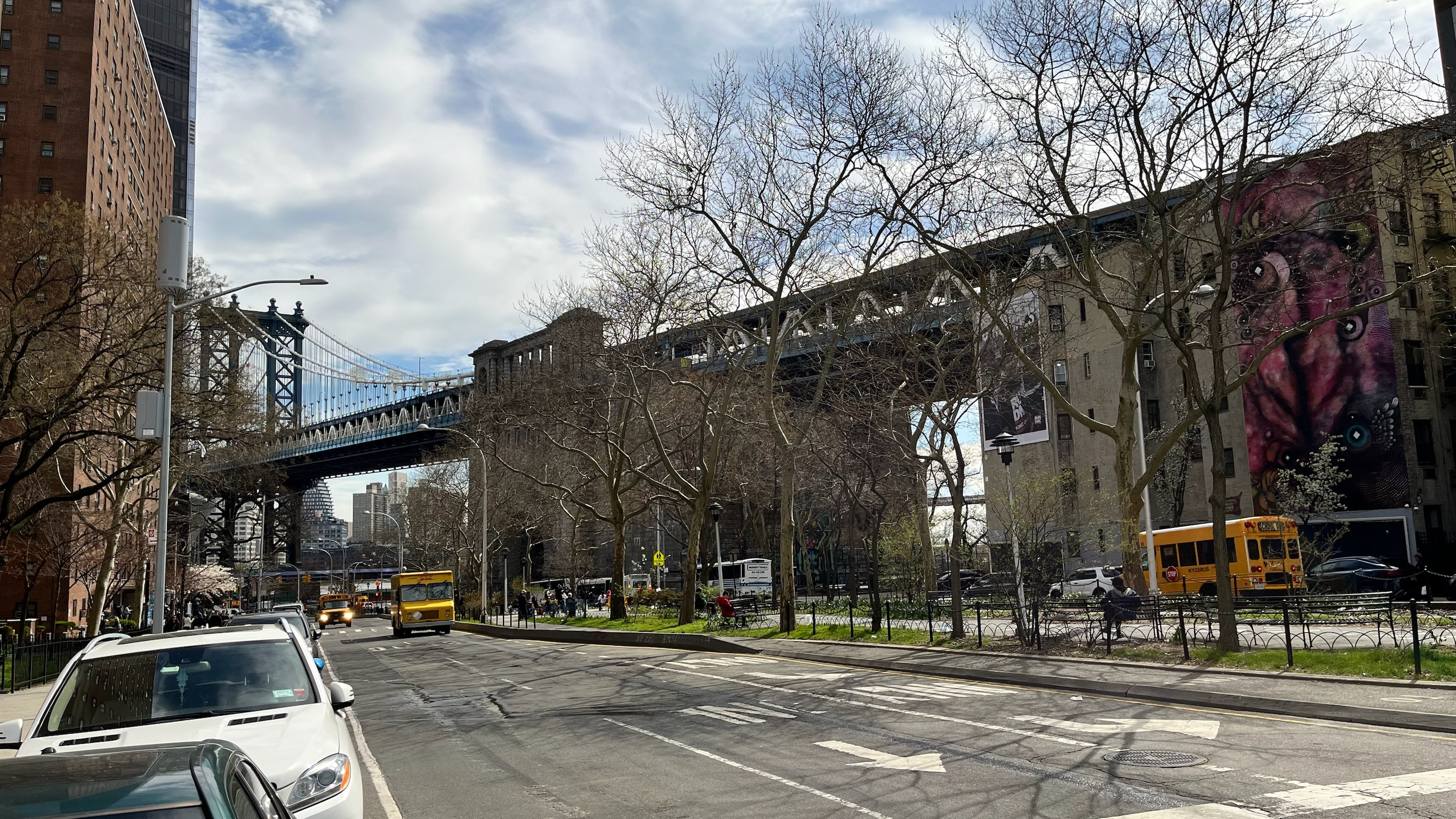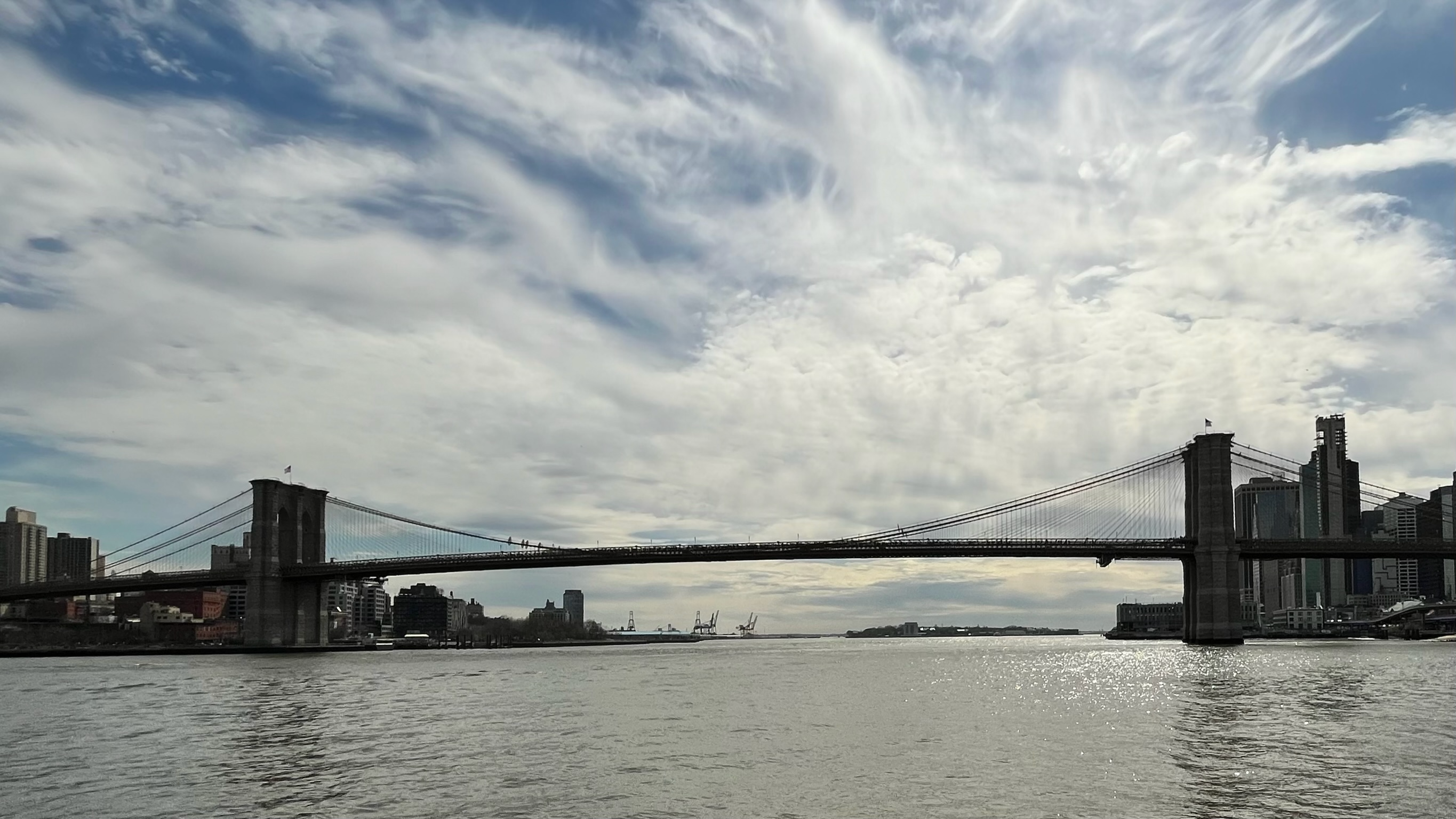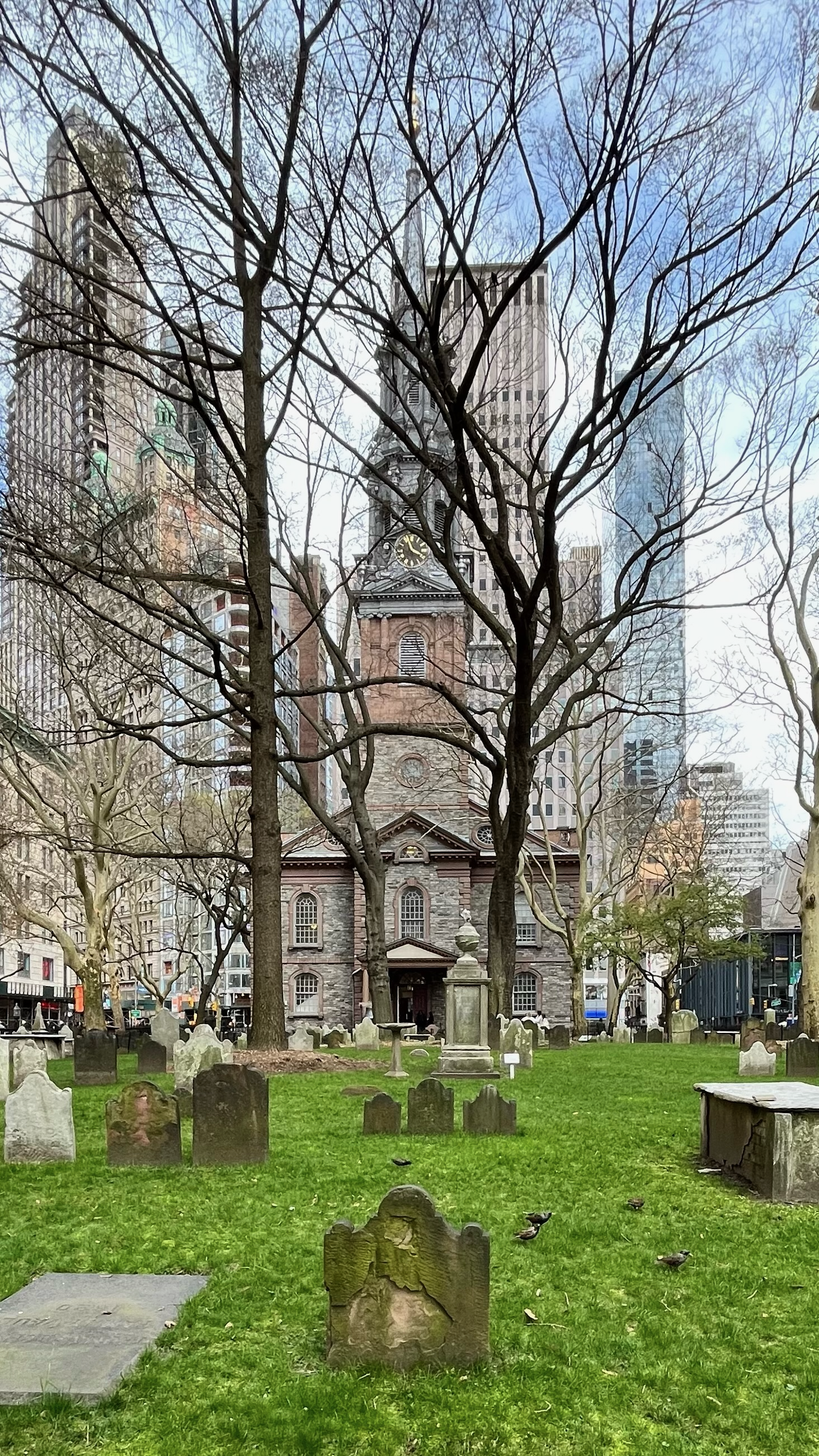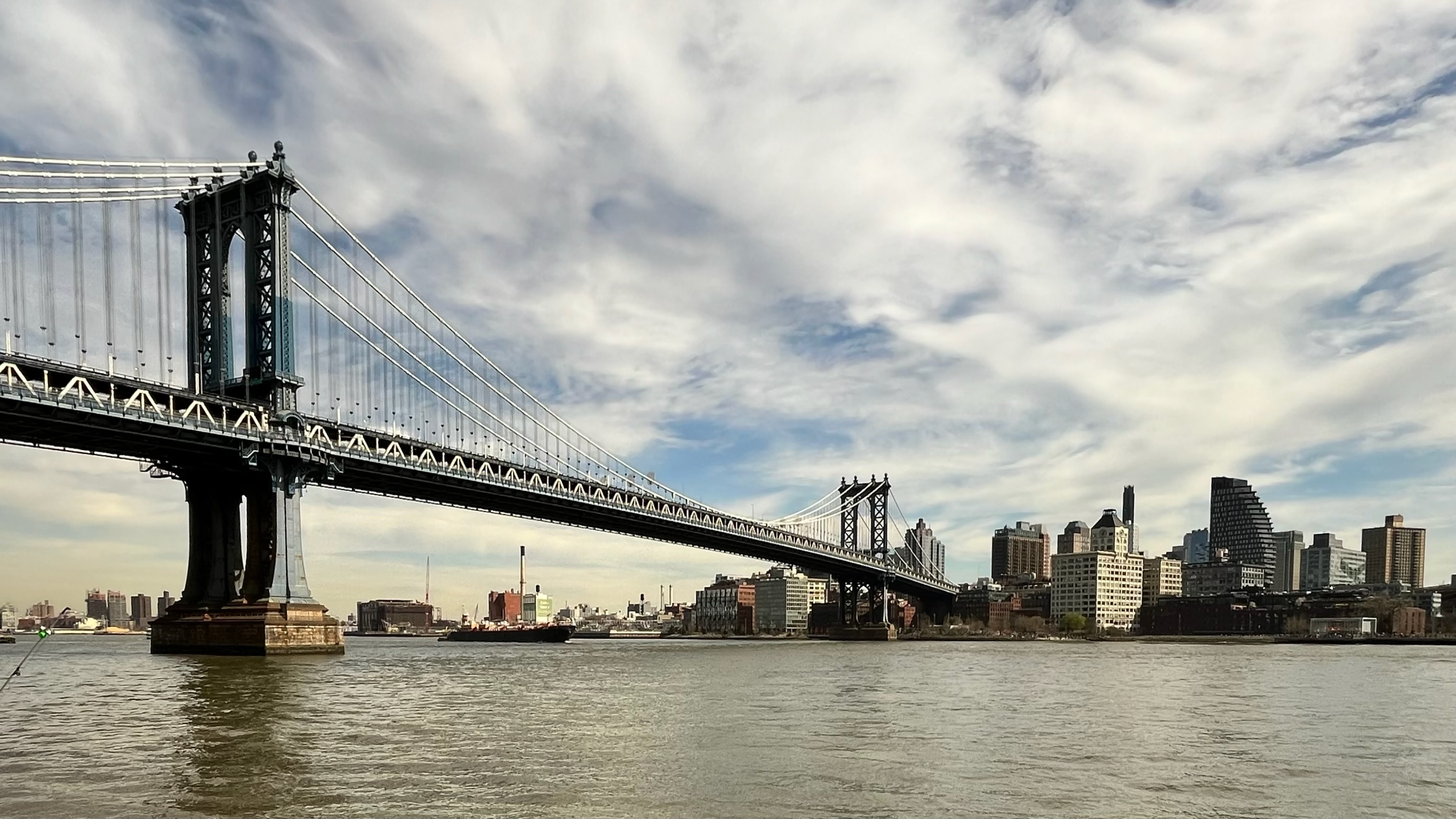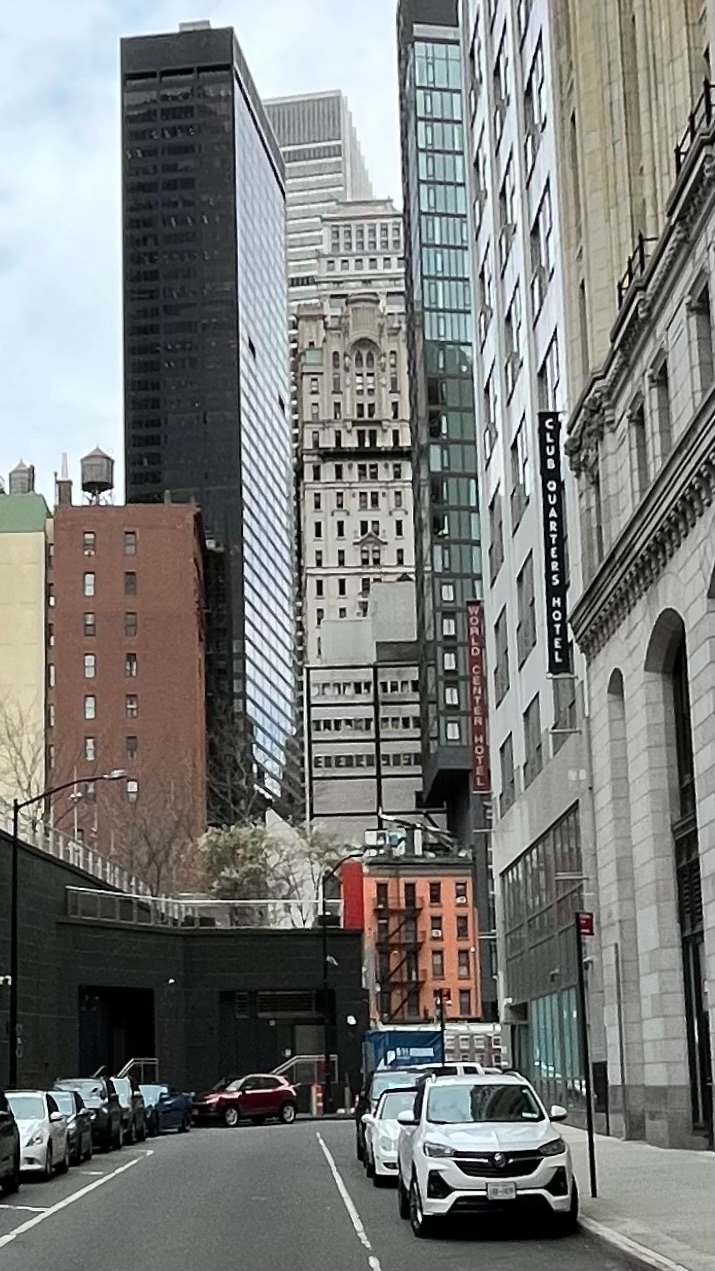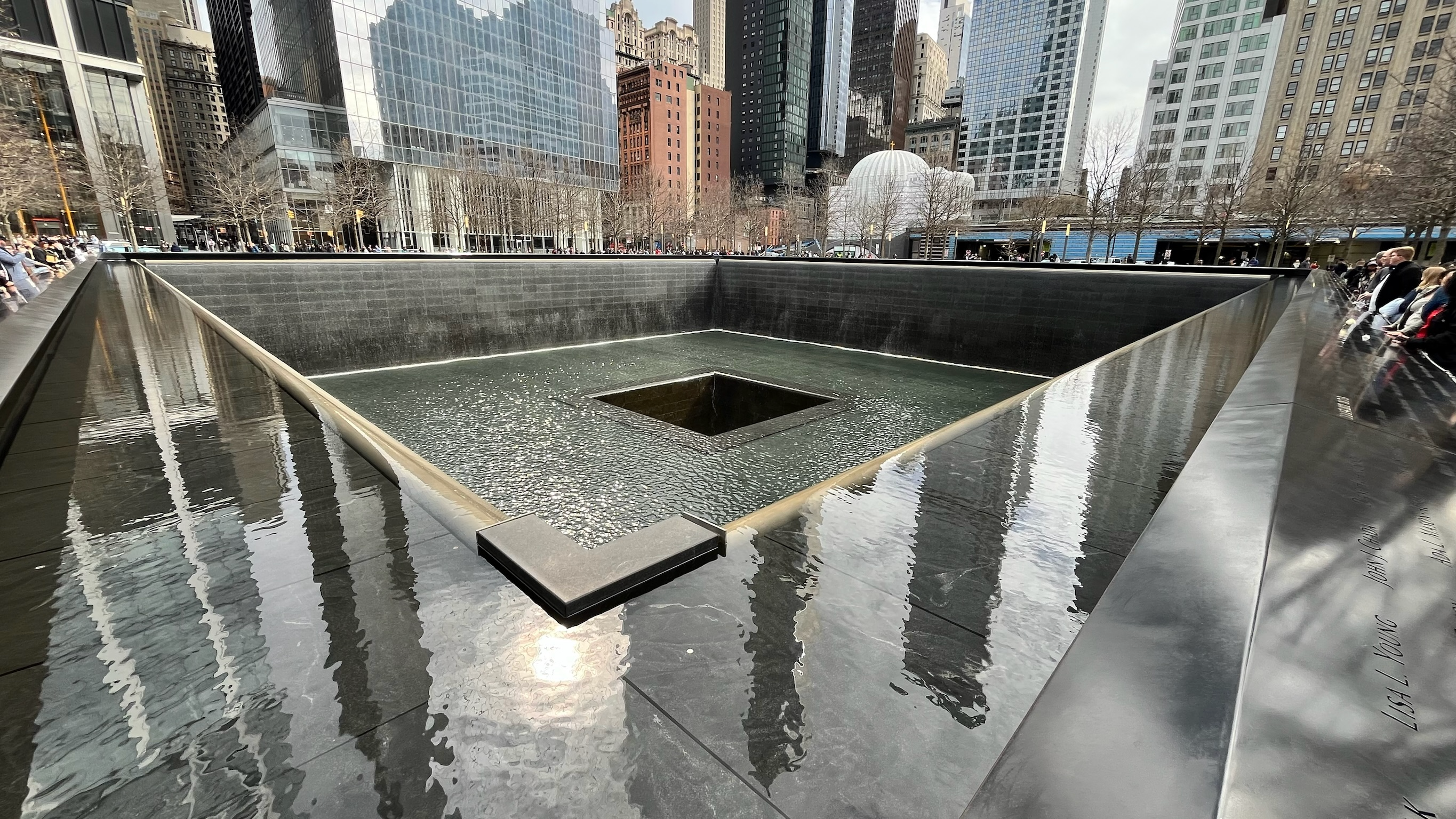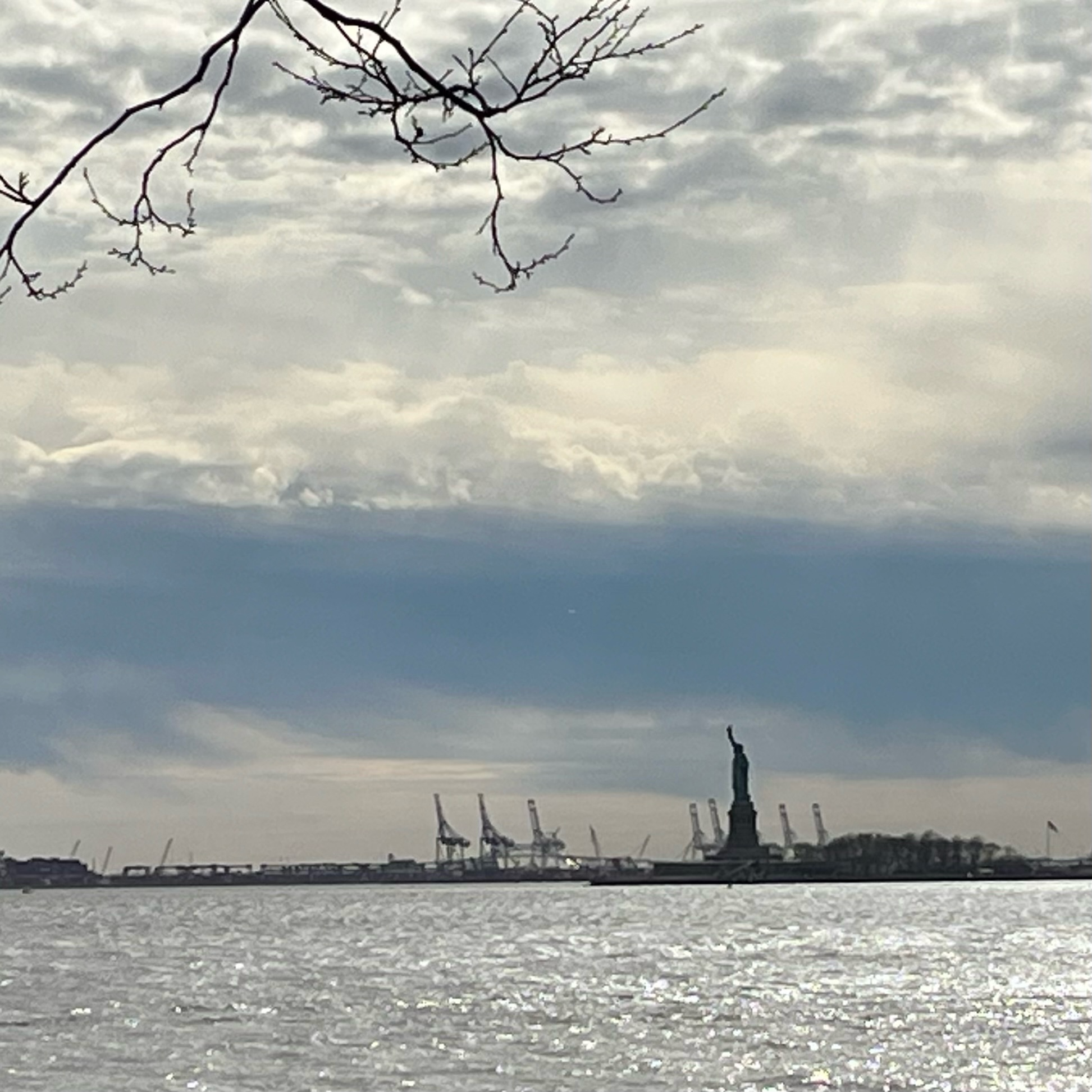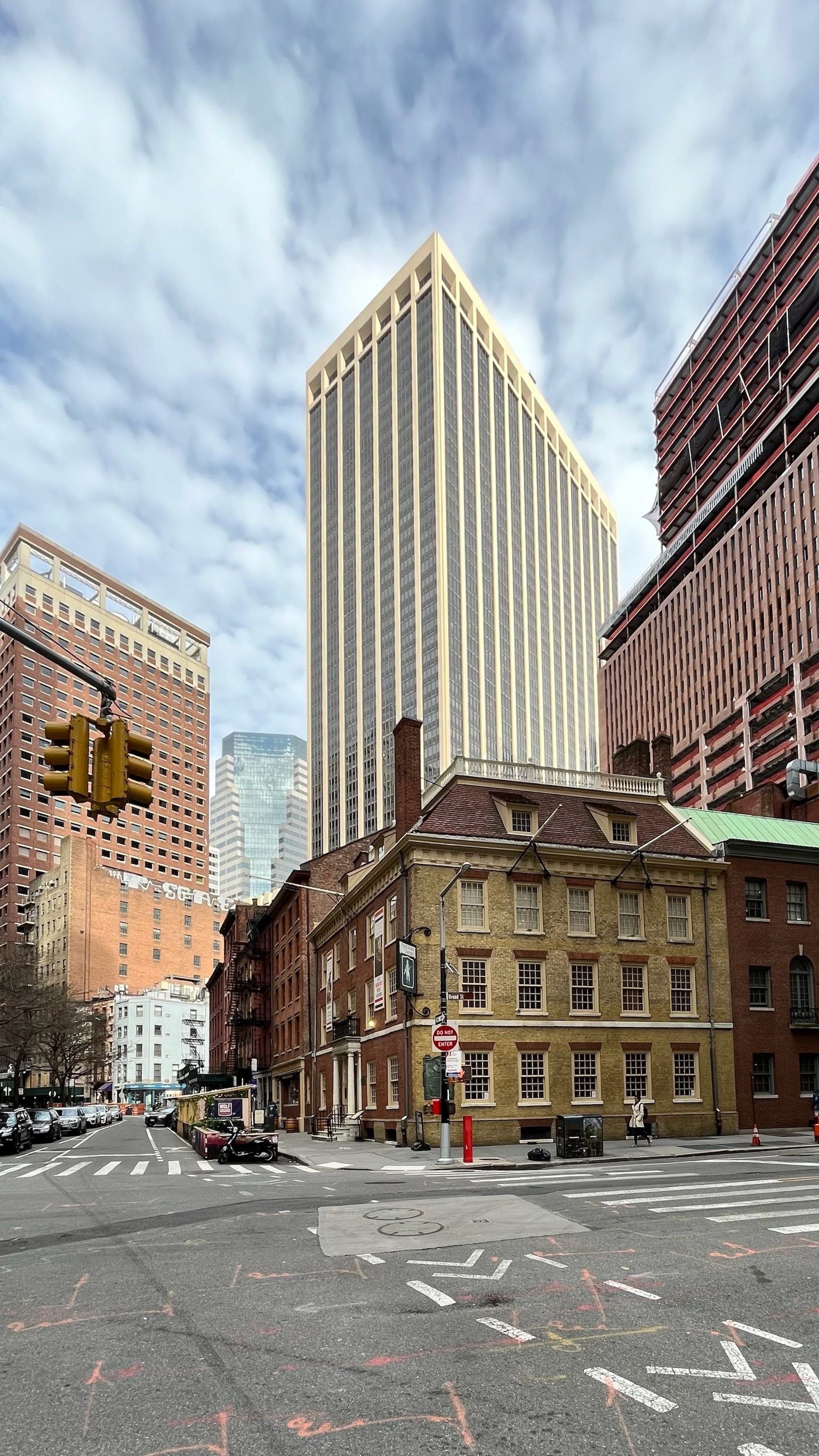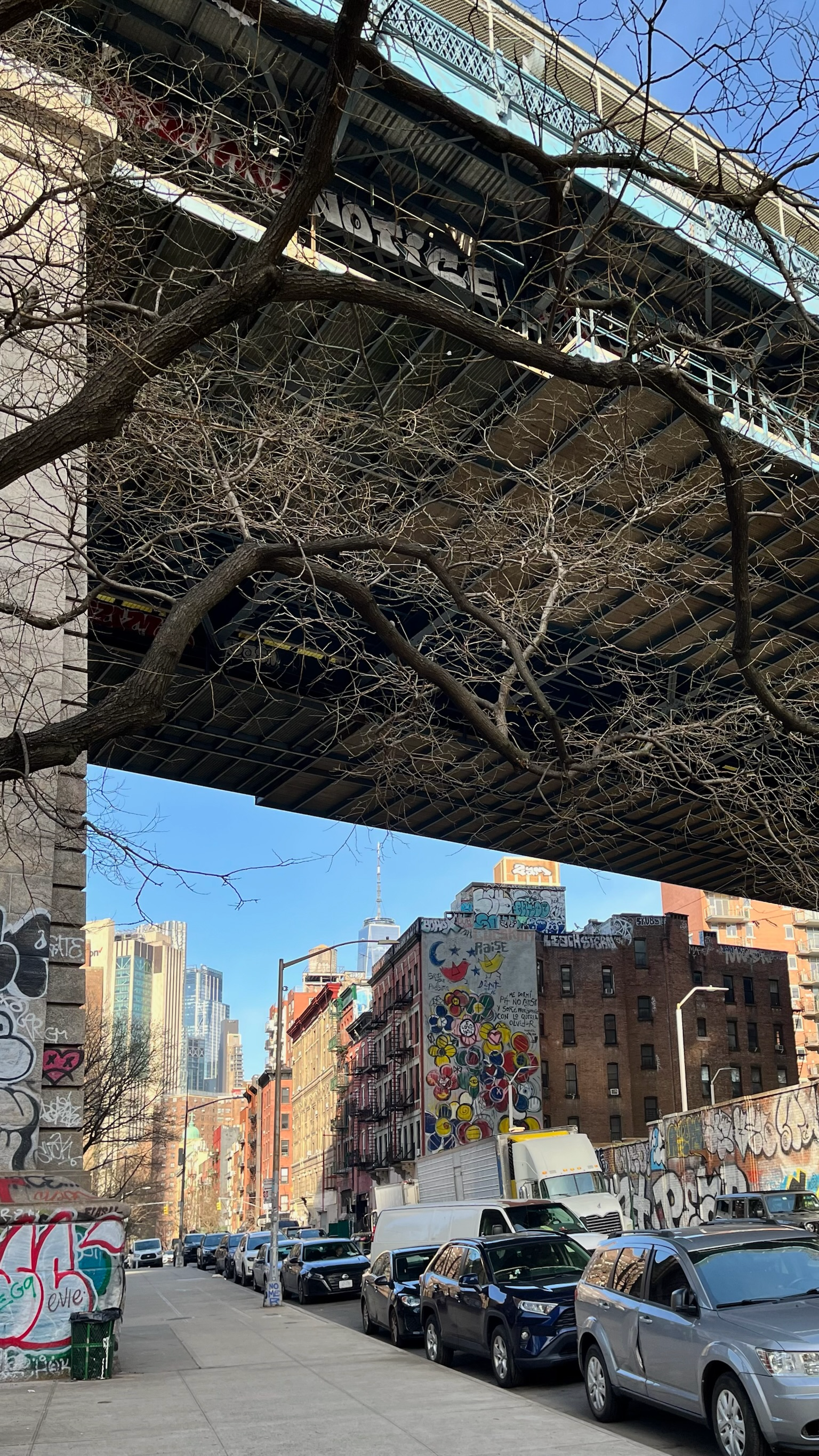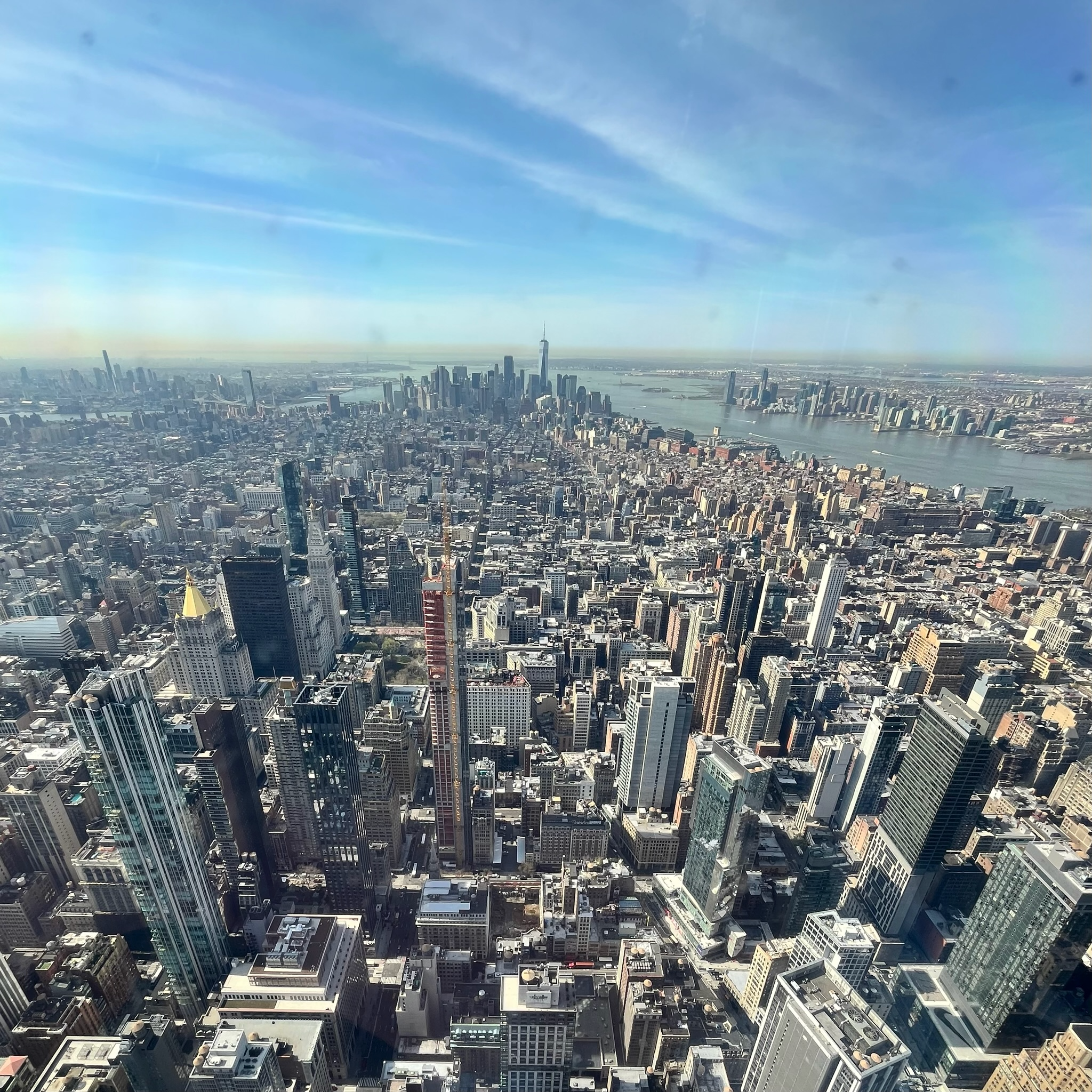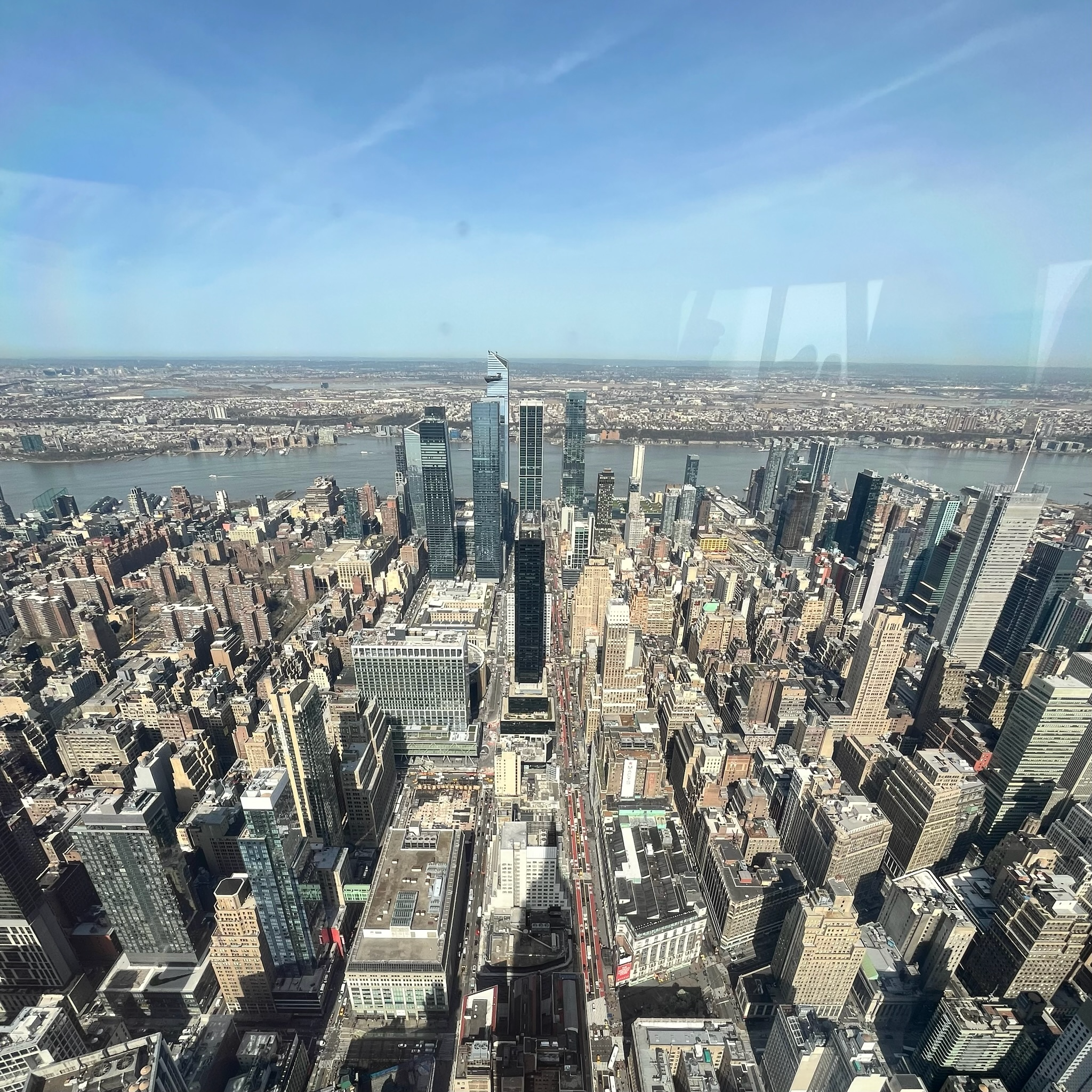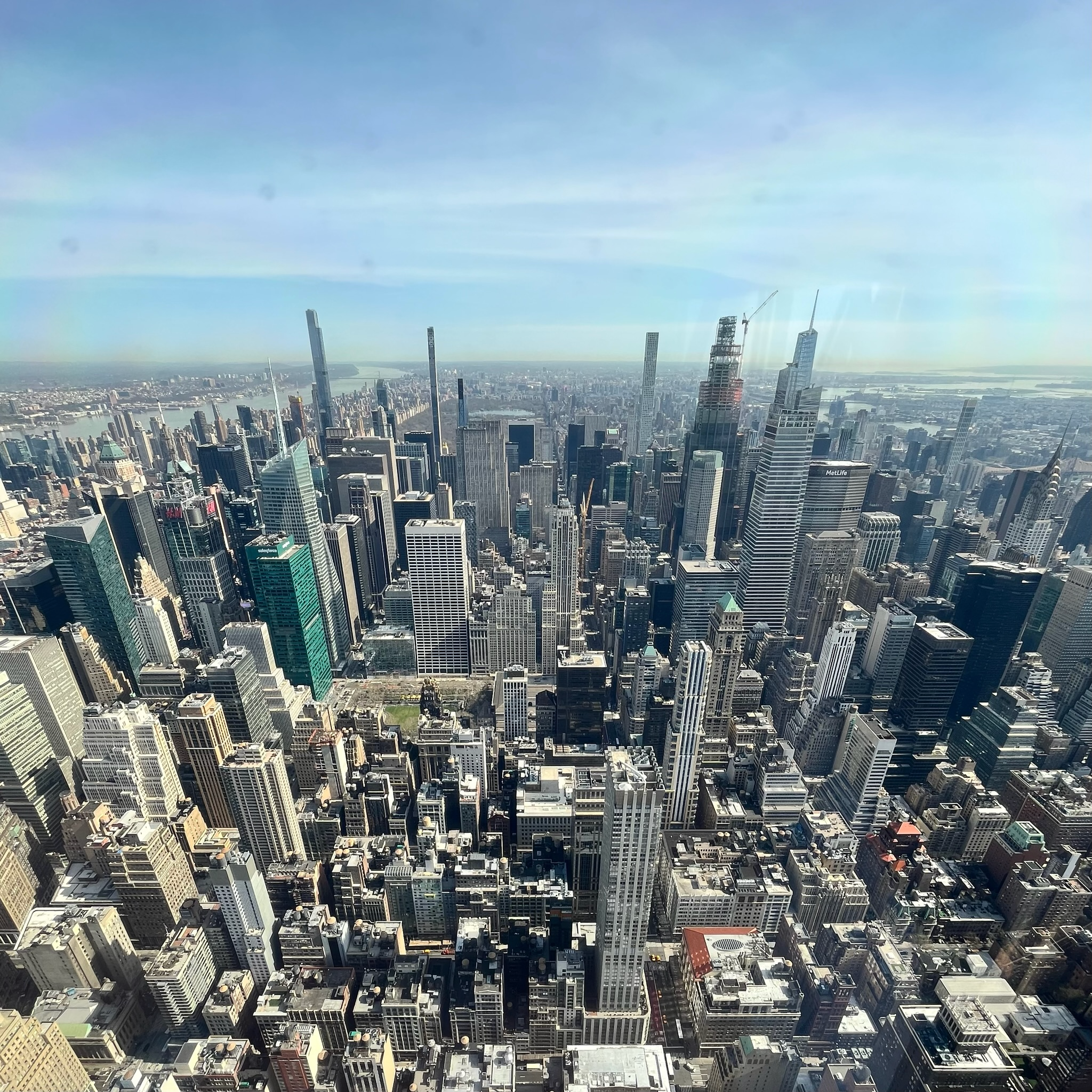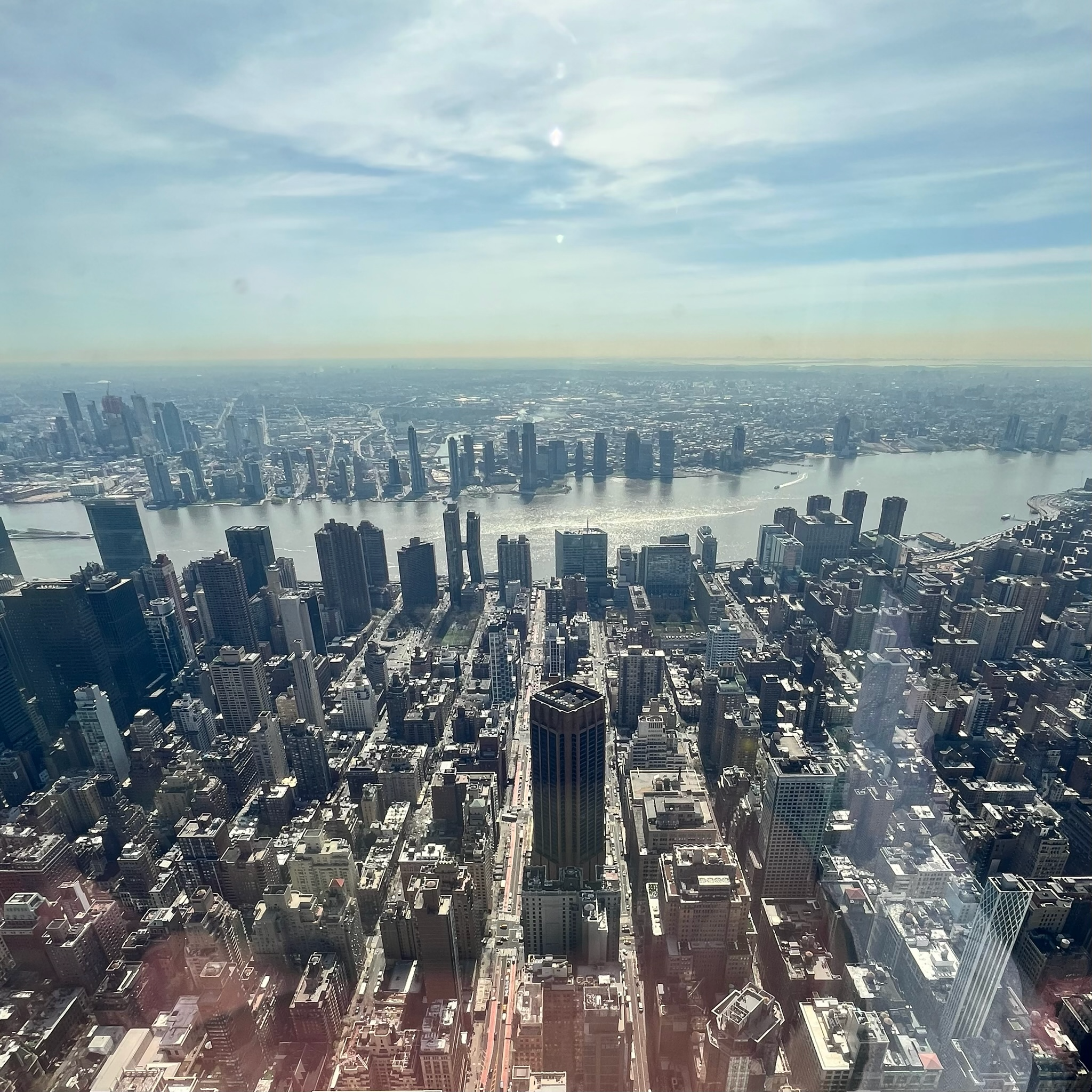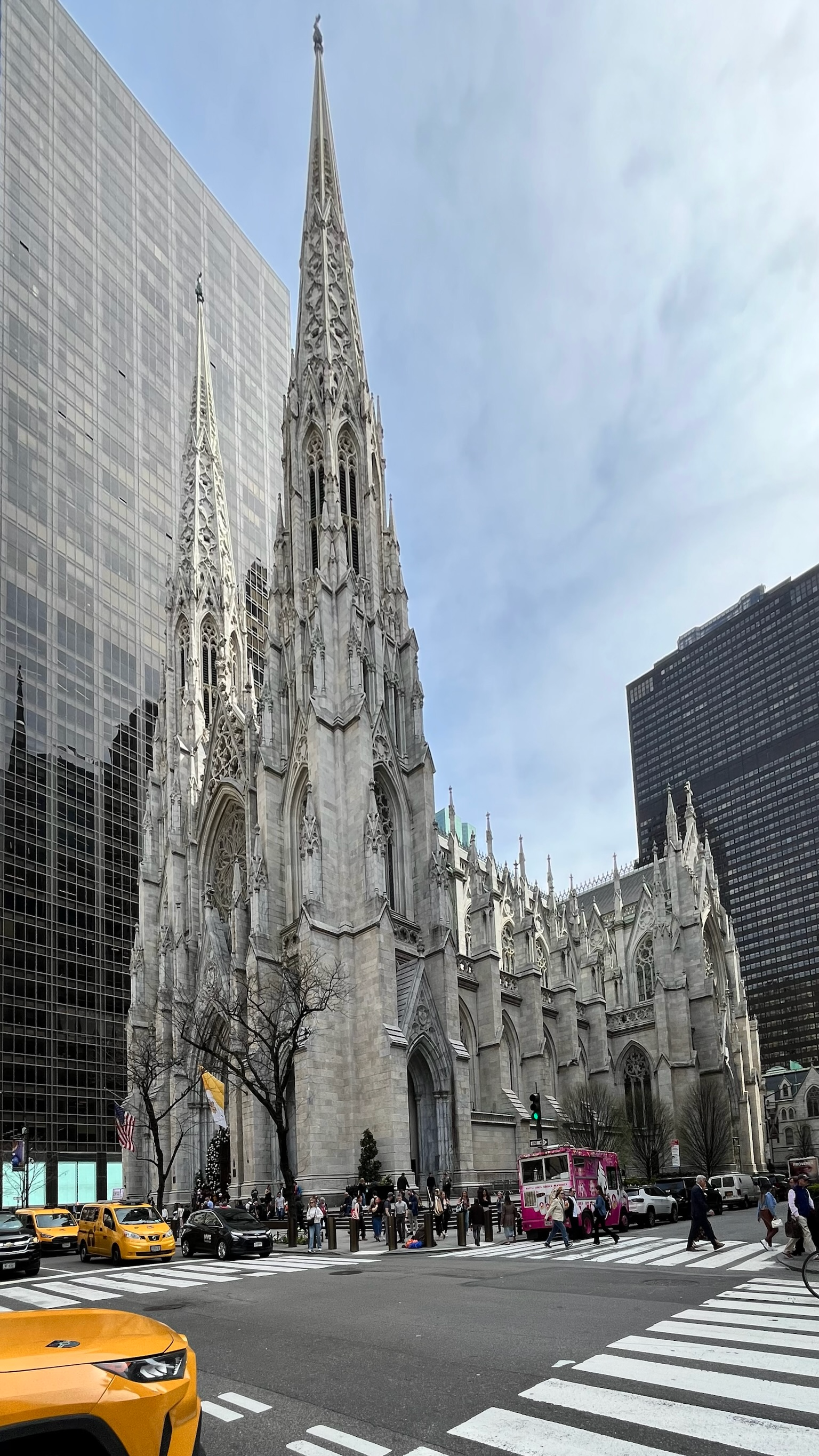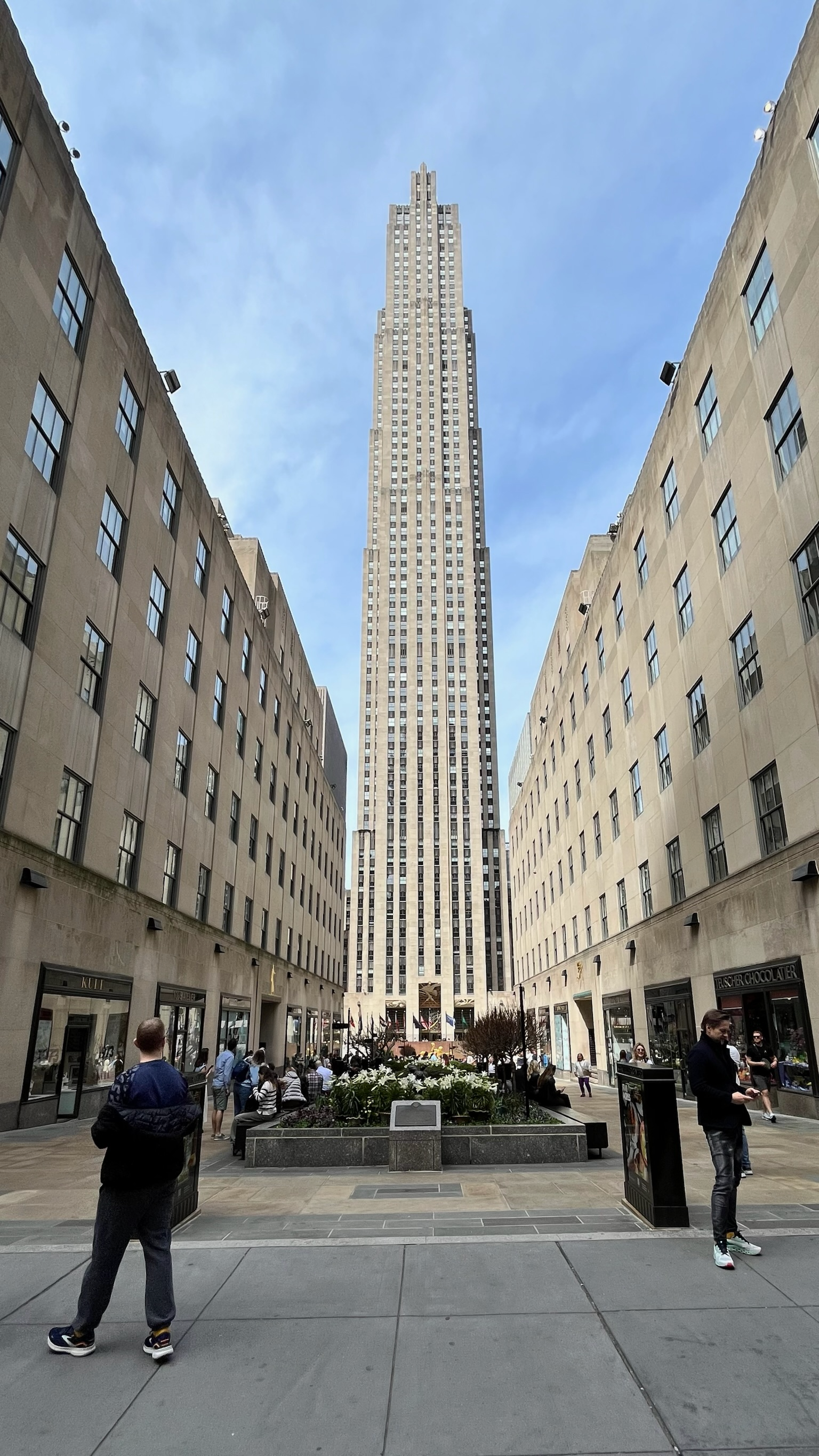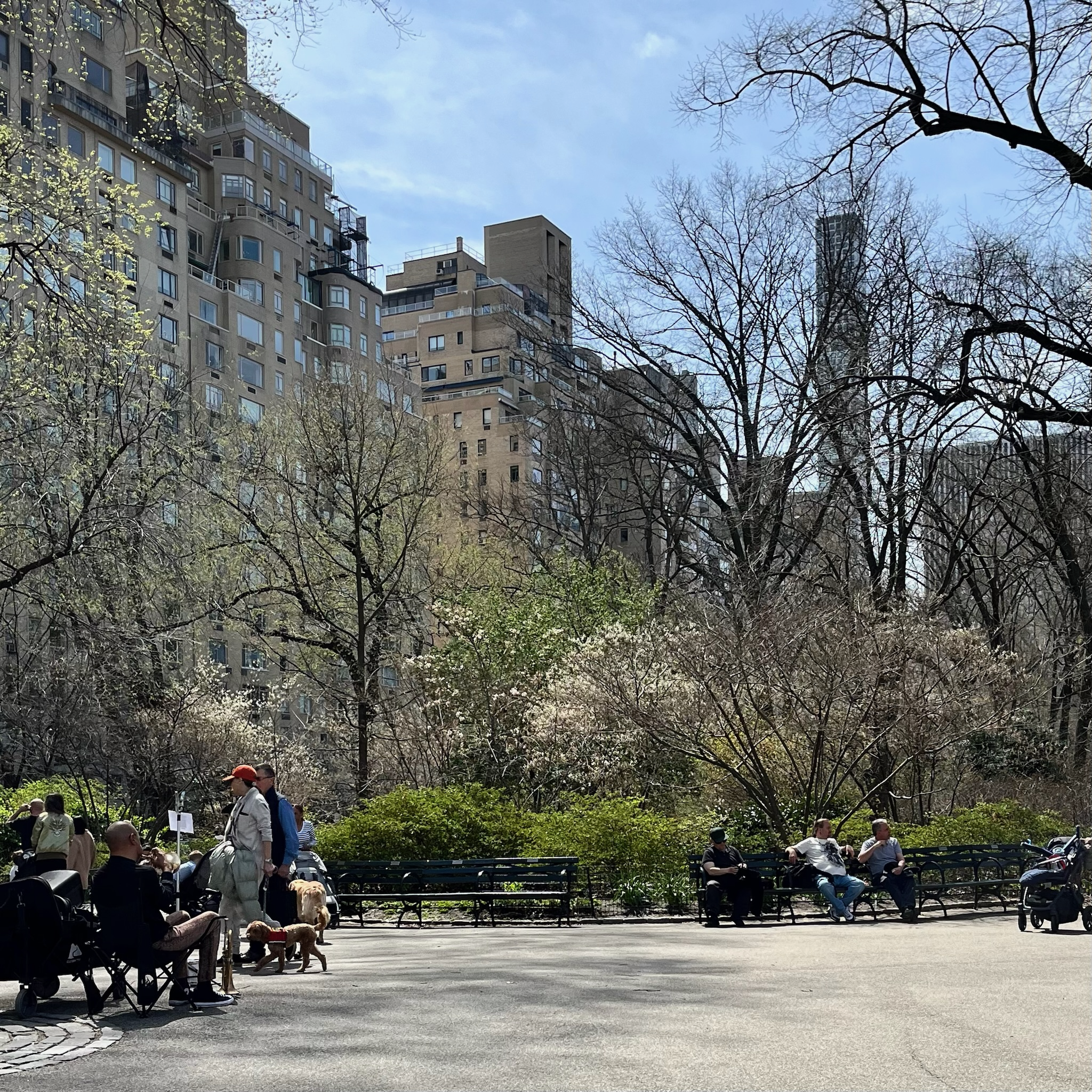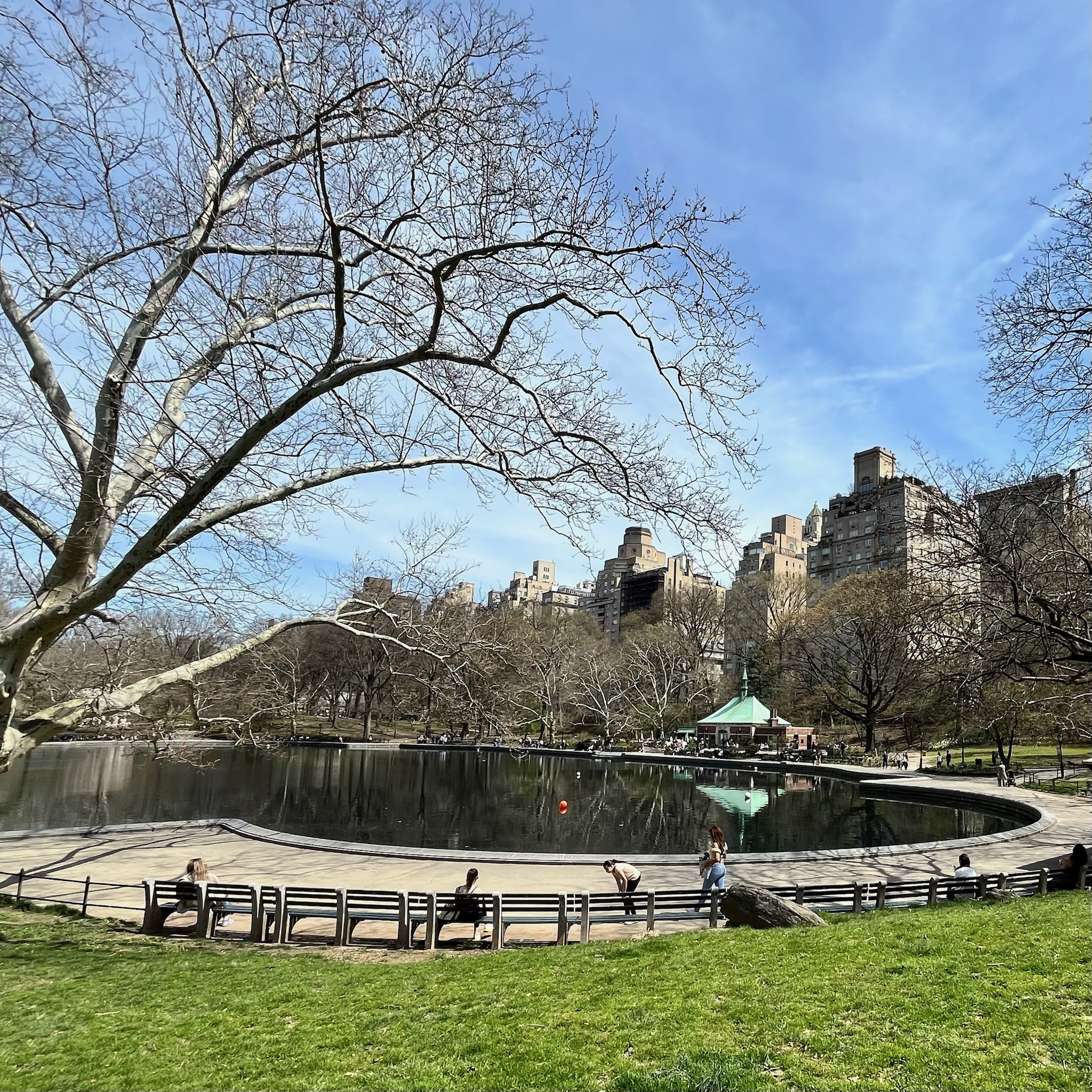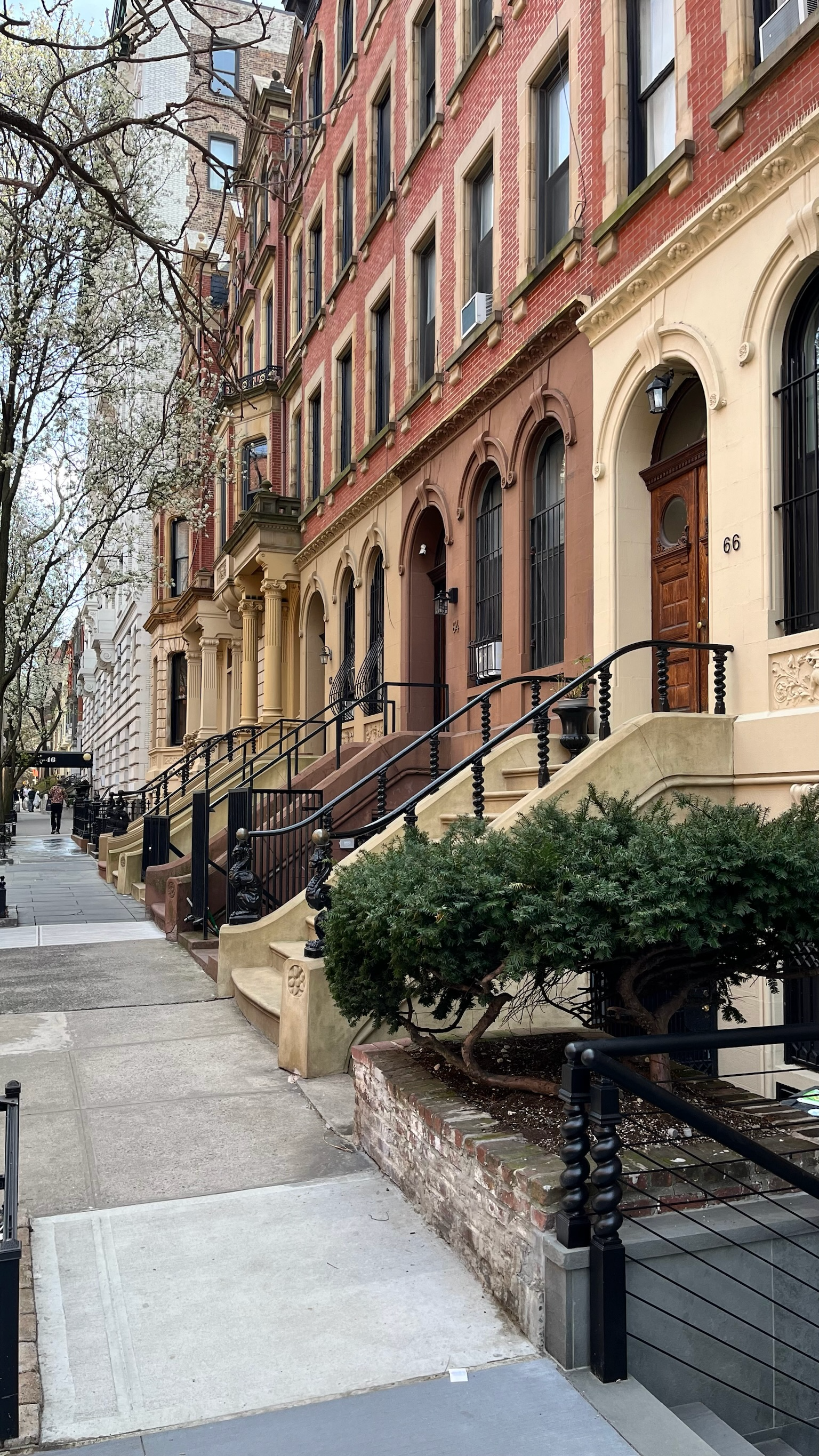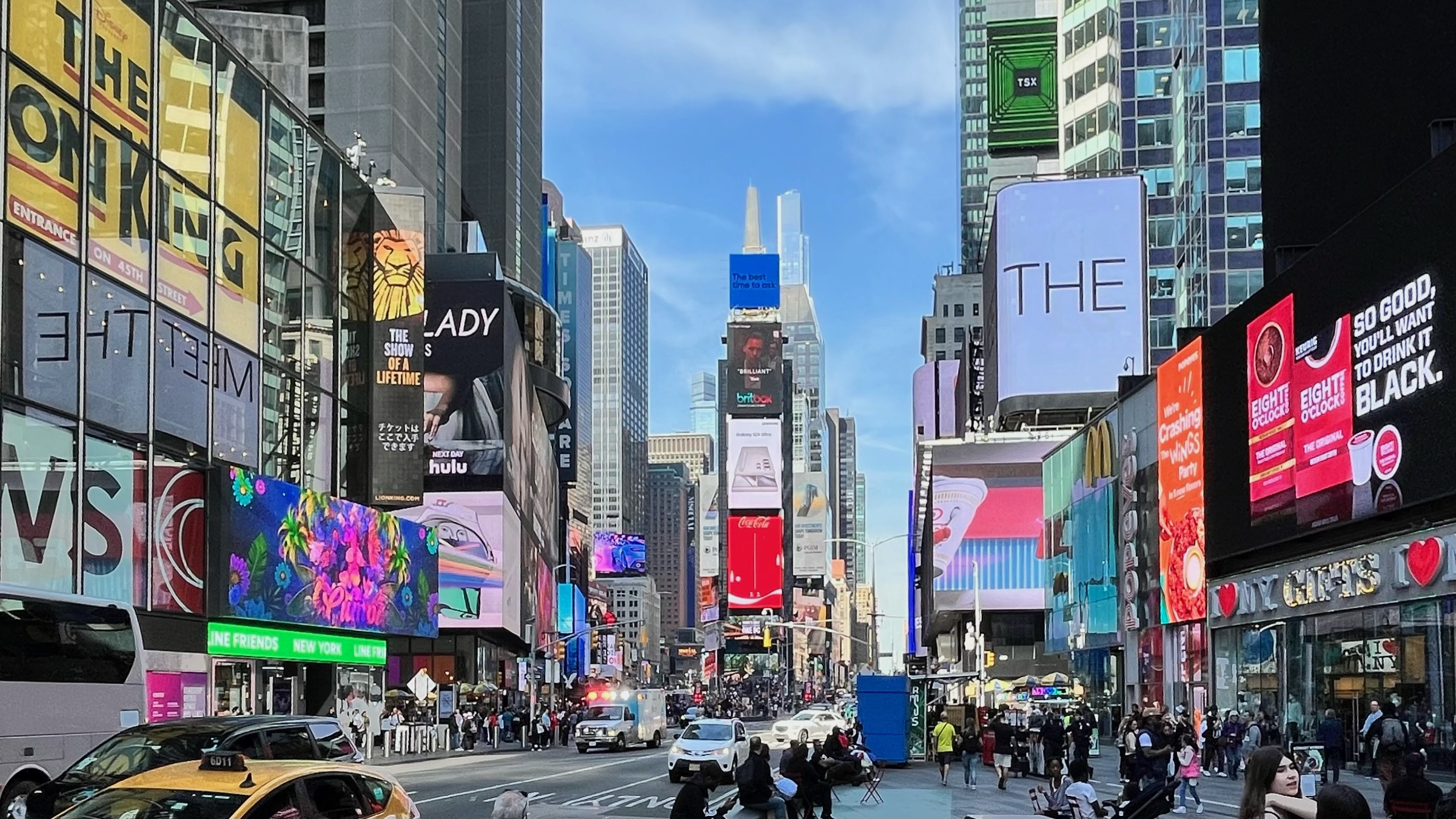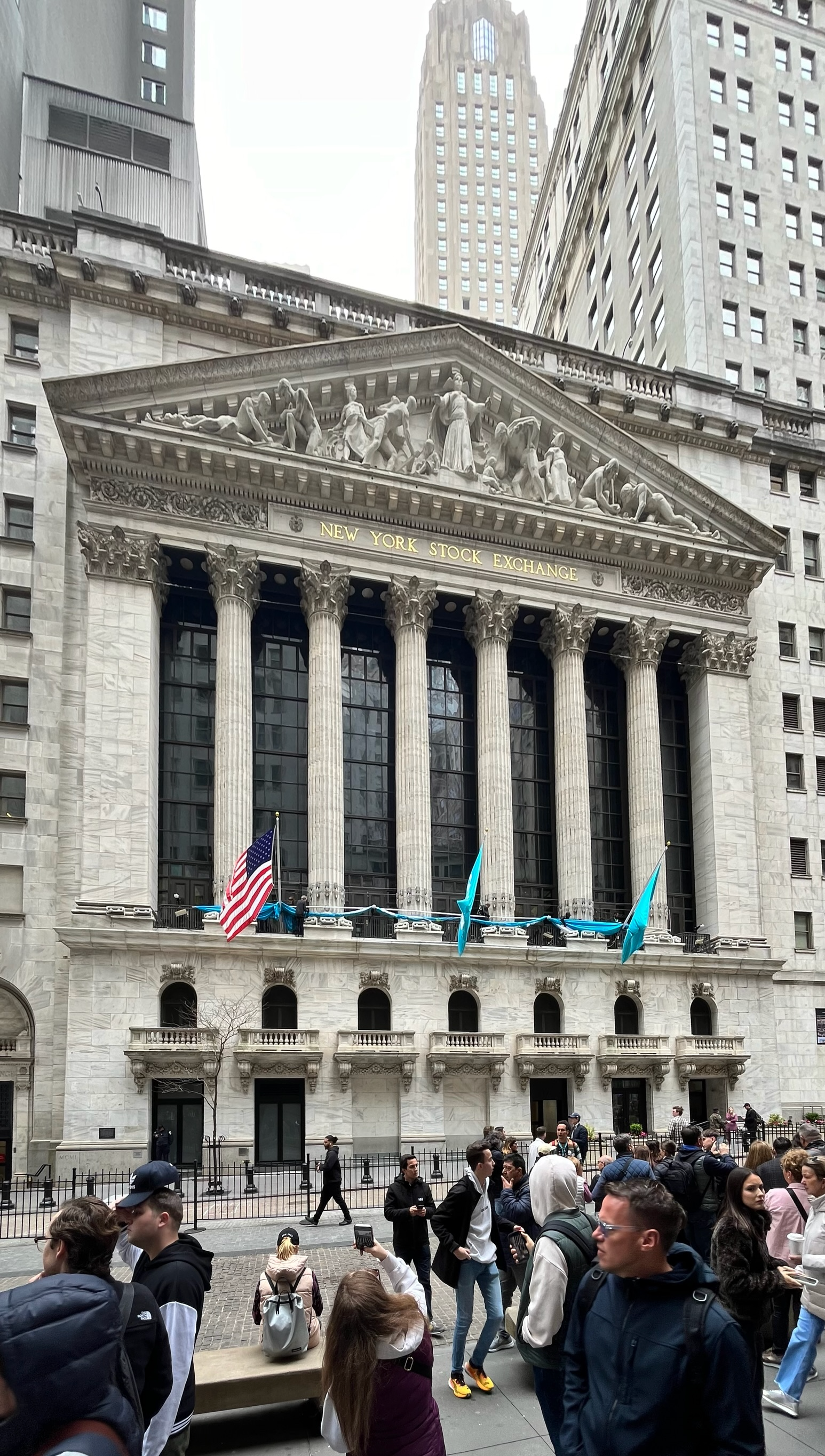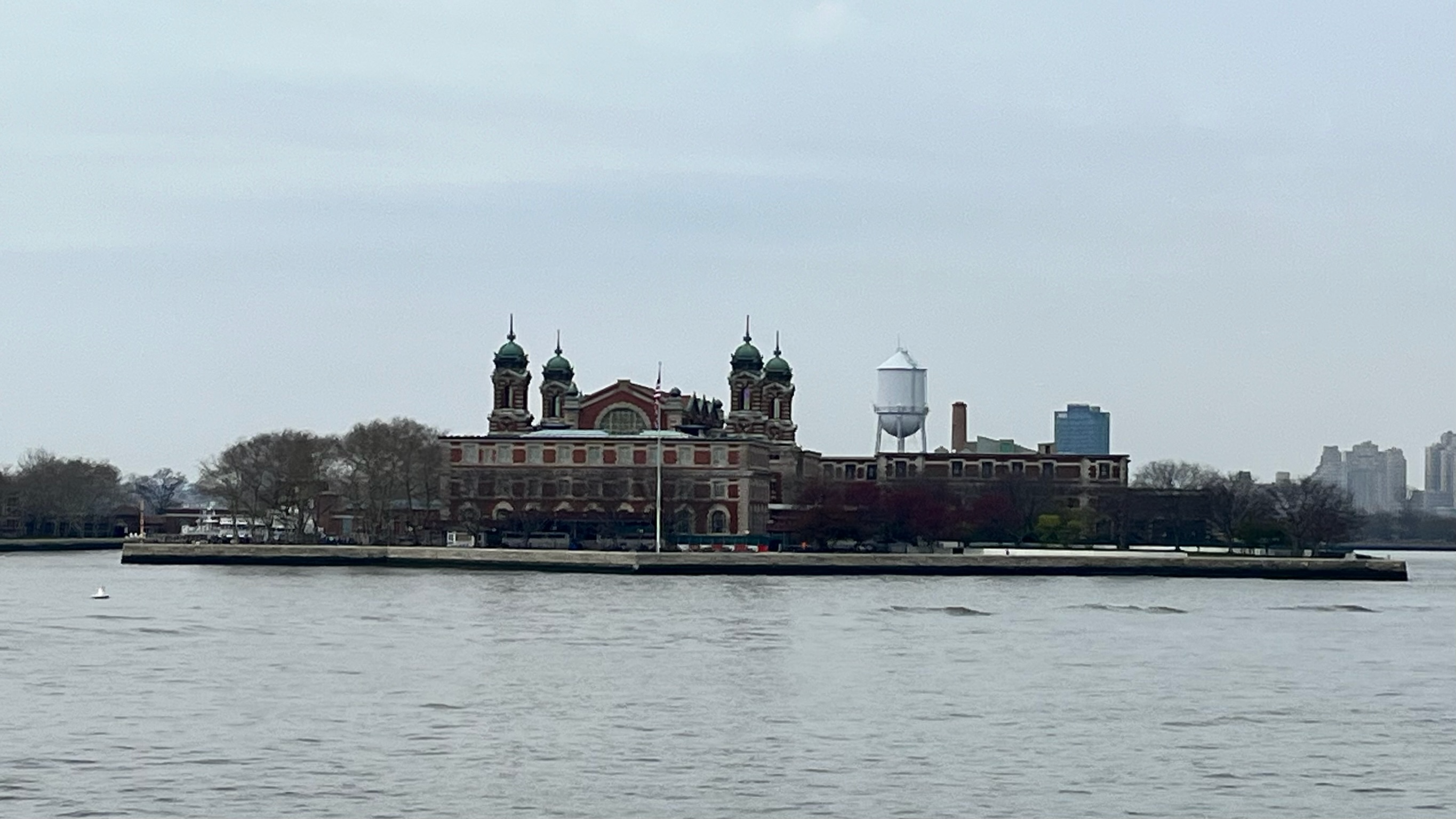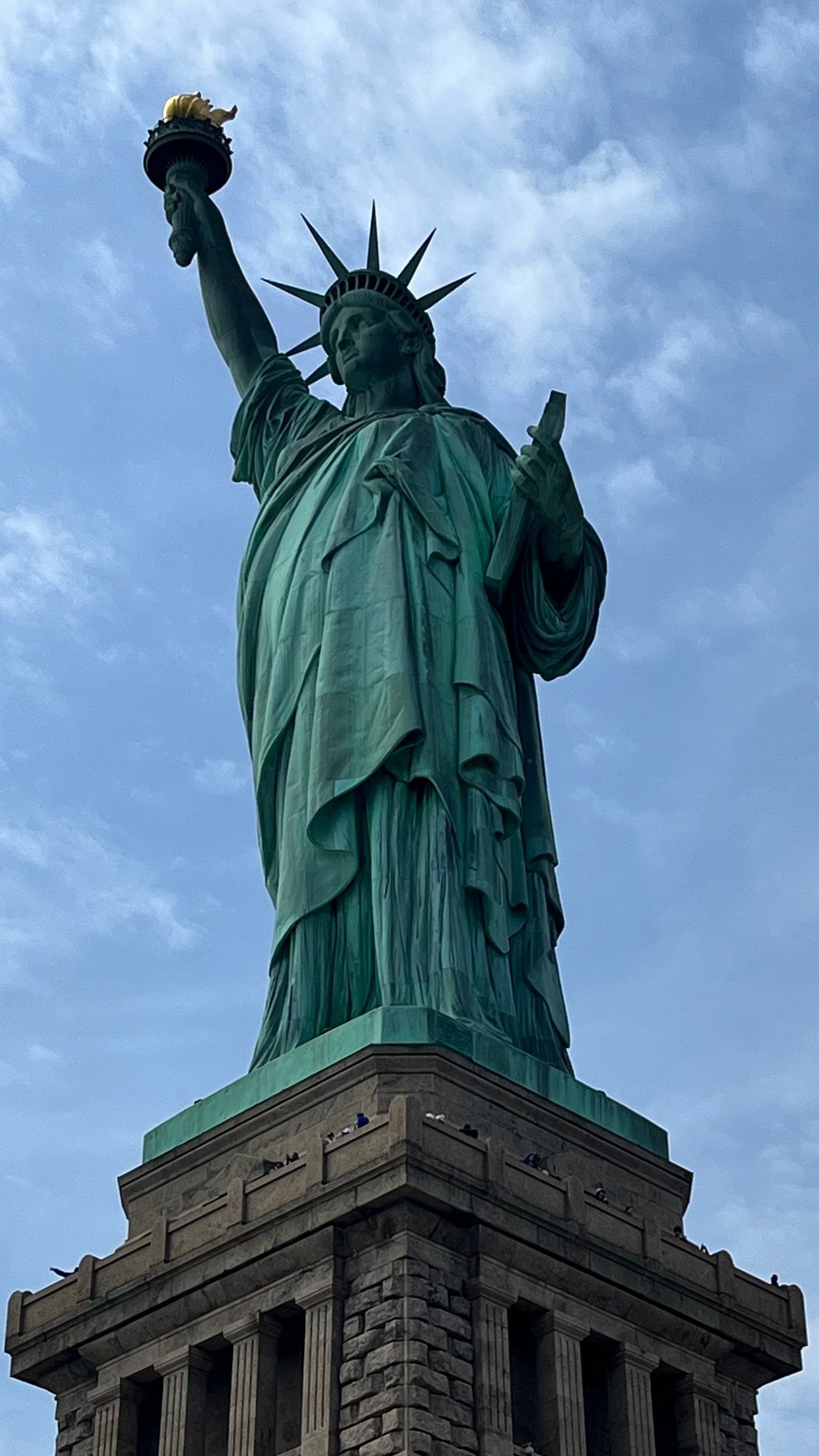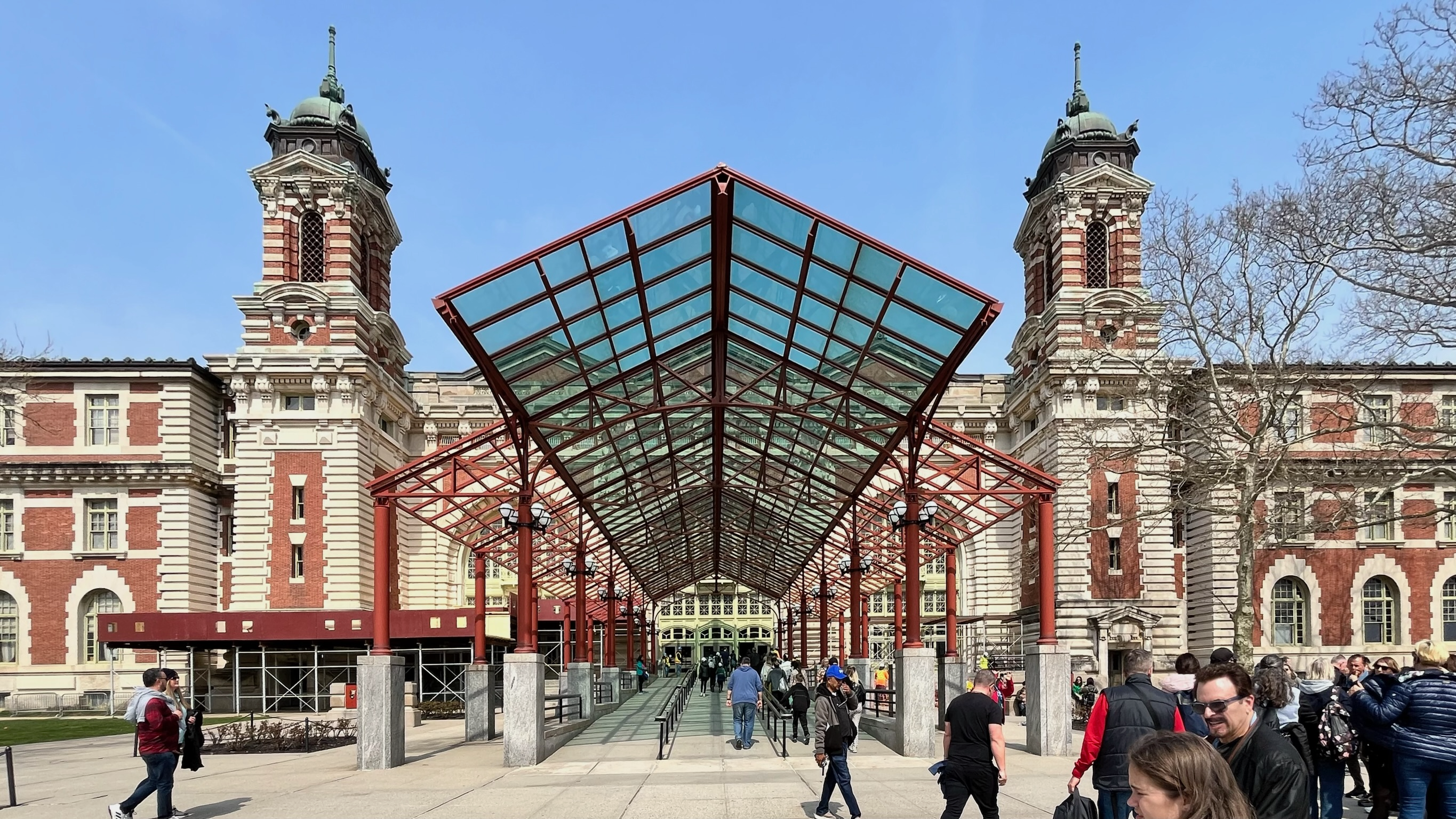09. April 2024
🇺🇸 Manhattan & Long Beach
Table of Content
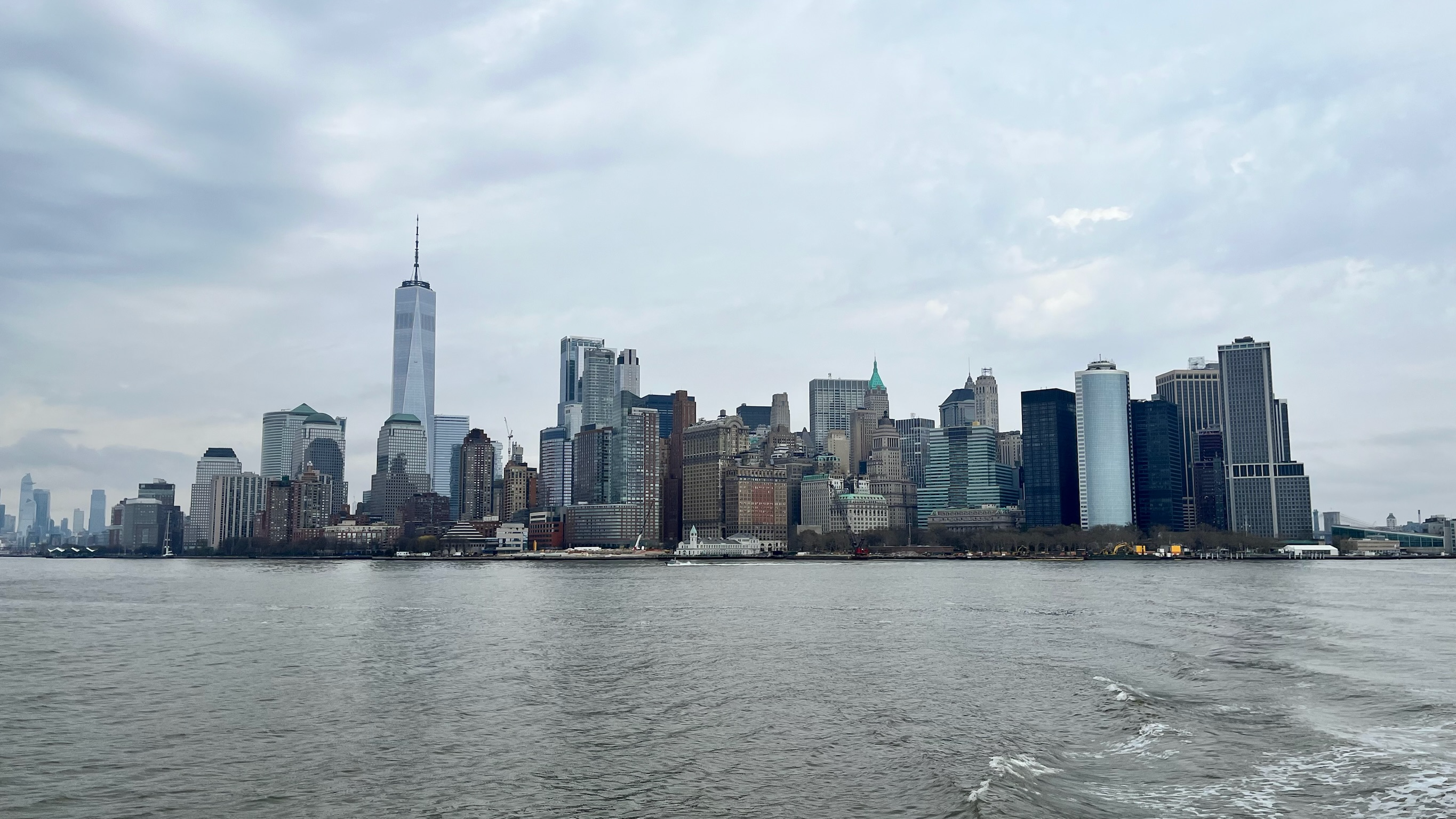
Visiting New York 🗽 for a few days
While Manhattan And Long Beach both located in the state of New York, have distinct historical backgrounds, including their connections to Dutch heritage, particularly in the case of Manhattan. Manhattan’s Dutch roots are a core part of its early historical narrative and have contributed to its cultural fabric. In contrast, Long Beach has a more modern American developmental history focused on leisure and residential growth.
Mannahatta
Manhattan’s Dutch heritage dates back to the early 17th century when it was settled by the Dutch East India Company in 1624. Originally called New Amsterdam, it served as the capital of the New Netherland colony. The Dutch influence in Manhattan is evident in several place names, such as Harlem (named after Haarlem in the Netherlands) and Brooklyn (from Breukelen). The Dutch also introduced their architectural styles and urban planning concepts, although much of this has been overshadowed by later developments. The legacy of Dutch governance, which included a form of democratic rule that was somewhat unusual for its time, laid foundational aspects of what would become New York City’s cultural ethos, promoting a sense of tolerance and diversity.
Long Beach
Is located on Long Island, does not share the same Dutch colonial history as Manhattan. Instead, it was originally inhabited by the Merrick Native American tribe before being developed in the late 19th and early 20th centuries as a seaside resort. Unlike the Dutch-influenced development of Manhattan, Long Beach developed primarily during the American era, growing into a popular destination for its beaches and as a residential area. It became officially incorporated as a city in 1922 and is known for its boardwalk, sandy beaches, and as a quieter alternative to the more bustling parts of New York City.
Before the colonists arived
Each has its own unique character shaped by these different historical influences. Before the arrival of European colonists, Manhattan and Long Beach each had their own unique natural landscapes and indigenous histories. Manhattan was inhabited by the Lenape people, who called the island “Mannahatta,” meaning “island of many hills.” The Lenape utilized the island’s abundant resources, fishing in the rivers, harvesting oysters, and farming on the fertile lands. They established seasonal encampments and traded widely with other tribes. Meanwhile, Long Beach, part of Long Island, was occupied by the Merrick tribe, a group of the Algonquin peoples. This narrow barrier island was characterized by its pristine beaches and maritime forests. The Merrick used the area primarily for fishing and hunting, taking advantage of the rich marine and bird life supported by the Atlantic Ocean and the bays that flank Long Beach. The natural landscapes of both areas provided plentiful resources that supported indigenous ways of life and cultures prior to European intervention.
